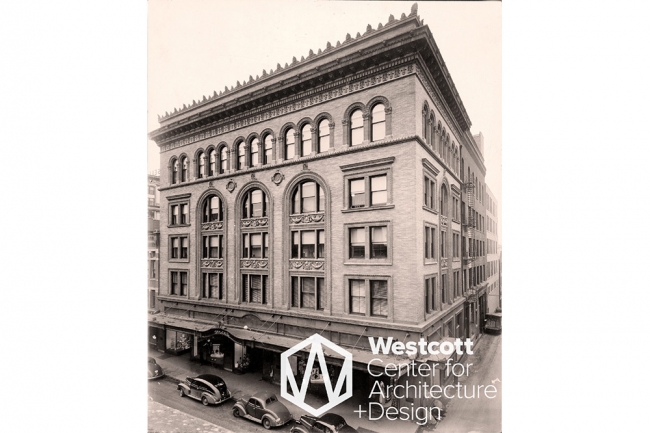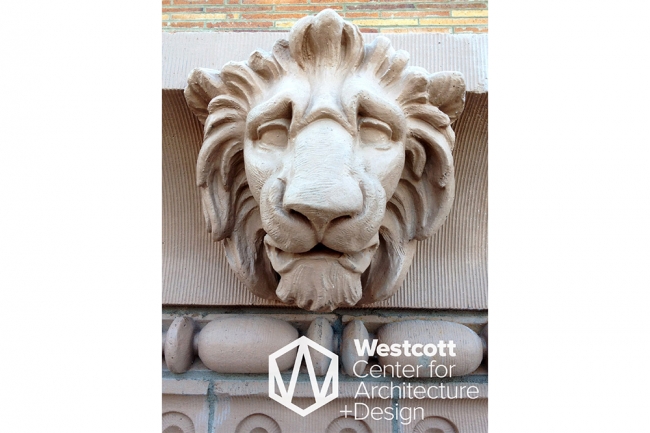While traveling down Main Street in Springfield, one could hardly miss the intricate roofline and graceful arched windows of the stately Bushnell building, named for Springfield business mogul and politician Asa S. Bushnell. Although it is perhaps most famous for housing Wren’s Department Store, the building originally belonged to one of Springfield’s preeminent citizens and was one of the most important buildings in the city. Upon completeion in 1893, the building’s first floor housed the First National Bank of Springfield and Kinnane Bros. Dry Goods Store, while all other floors housed important corporate offices, with the exception of the fifth floor, which housed the first Springfield Masonic Temple.
The Bushnell building was commissioned by Bushnell in the early 1890s. Bushnell was not only one of the primary members of the famed Springfield firm Warder, Bushnell, & Glessner— the firm that manufactured the Champion Reaper—but also served as Governor of Ohio from 1896-1900. Bushnell, like his business partners Warder and Glessner, was an admirer of the architecture of Henry Hobson Richardson, and therefore, he hired the successors to Richardson’s firm—Shepley, Rutan, and Coolidge—to design his building. Despite this fact, by the time they drew up the plans for the Bushnell building, Shepley, Rutan, and Coolidge were beginning to pursue their own design ideas. By this time, their work had largely begun to follow Second Renaissance Revival, and therefore, the Bushnell building, while having a few faint Richardsonian hints, the building embodies the neo-classical elements of the Second Renaissance style.
Similar to the Lagonda building, which also represents Second Renaissance style, the Bushnell building has three-clearly defined horizontal divisions of space, the uppermost adorned with a delicate neo-classical cornice and roofline. The use of three-story arches and mixed stone suggests the inspiration of the Richardsonian style, but the construction enforces the symmetry and ornamentation of the Second Renaissance Revival. Among the more striking aspects of the building are the terra-cotta panels with cherubs and swags of fruits and vegetables above the second and third floor windows, as well as the lion heads on the cornice. There are also two stone wreaths flanking the centermost arch, containing Bushnell’s initials and the date of completion.
The Bushnell building remains one of the most impressive original structures to flank the city’s central square. It is a monument not only to the days of booming business in Springfield, but also to the civic involvement of one of Ohio’s great leaders.


